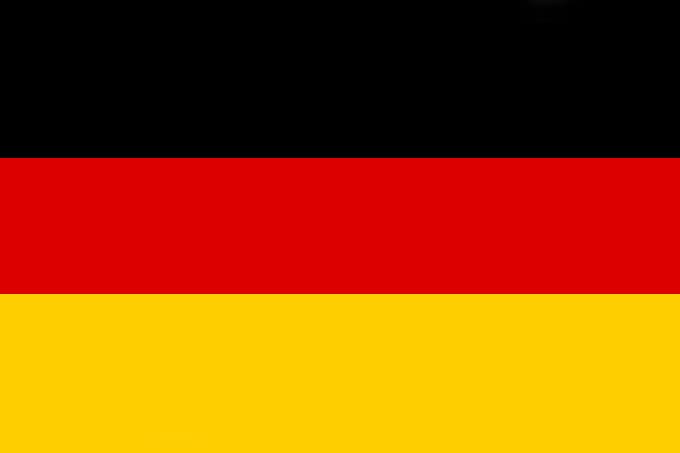
Hindi is one of the most widely spoken languages in the world. It is the official language of India and also spoken in various other countries.

Chinese, also known as Mandarin, is the most spoken language globally. It has a rich history and is essential for business and cultural exchanges.

Japanese is spoken by over 128 million people in Japan and is an important language for business,technology, and pop culture.

French is a romantic language spoken by millions of people worldwide. It is the official language of many countries and is widely used in international relations, diplomacy, and arts.

German is the most widely spoken language in the European Union. It is a key language for business, engineering, and scientific research.

Tamil is one of the oldest languages in the world with a rich literary tradition. It is the official language of the Indian state of Tamil Nadu and Sri Lanka.

Spanish is the second most spoken language globally, with over 460 million speakers. It is widely used in business, travel, and cultural exchanges.

Russian is an East Slavic language spoken by around 258 million people, with significant importance in diplomacy and international relations.

Korean, the official language of North and South Korea, has around 77 million speakers and gained global popularity through "Hallyu," the Korean Wave, impacting entertainment and business sectors.

Turkish is a language primarily spoken in Turkey and some neighboring regions. It is a member of the Turkic language family and has more than 80 million native speakers. Turkish serves as the official language of Turkey and has gained recognition as a minority language in several other countries.

Portuguese is a widely spoken language, primarily in Portugal and Brazil, as well as in several other countries across the globe. It belongs to the Romance language family, which evolved from Latin and shares similarities with Spanish, Italian, French, and other Romance languages. Portuguese has over 260 million native speakers, making it one of the most spoken languages in the world.

Indonesian, also known as Bahasa Indonesia, is the official language of Indonesia. It is a standardized form of Malay, and its name, "Bahasa Indonesia," translates to "Indonesian language" in English. With around 270 million speakers, it is one of the most widely spoken languages in the world.

Italian is a Romance language that originated in Italy and serves as the official language of the country. It has approximately 65 to 70 million speakers worldwide, including native speakers in Italy and sizable communities in other countries, particularly in regions with historical ties to Italy.
Effective and efficient
Our courses effectively and efficiently teach reading, listening, and speaking skills.
Personalized learning
Combining the best of AI and language science, lessons are tailored to help you learn at just the right level and pace.
Stay motivated
We make it easy to form a habit of language learning, with game-like features, fun challenges, and reminders from our friendly mascot, Duo the owl.
Have fun with it!
Effective learning doesn't have to be boring! Build your skills each day with engaging exercises and playful characters.
Effective and efficient
Our courses effectively and efficiently teach reading, listening, and speaking skills.
Personalized learning
Combining the best of AI and language science, lessons are tailored to help you learn at just the right level and pace.
Stay motivated
We make it easy to form a habit of language learning, with game-like features, fun challenges, and reminders from our friendly mascot, Duo the owl.
Have fun with it!
Effective learning doesn't have to be boring! Build your skills each day with engaging exercises and playful characters.

